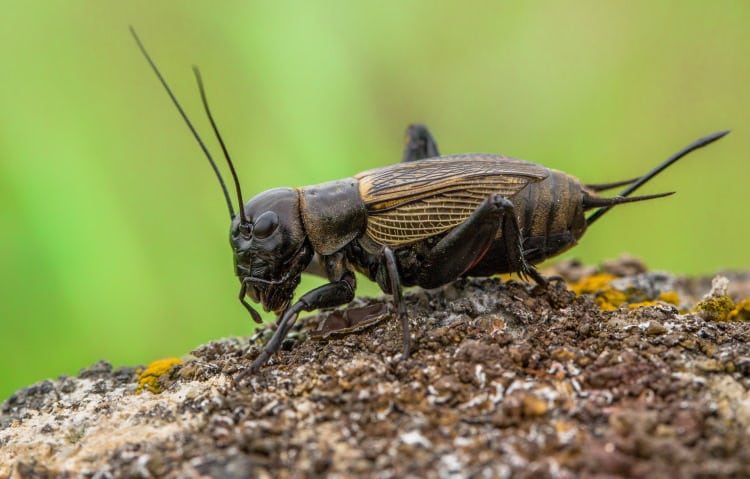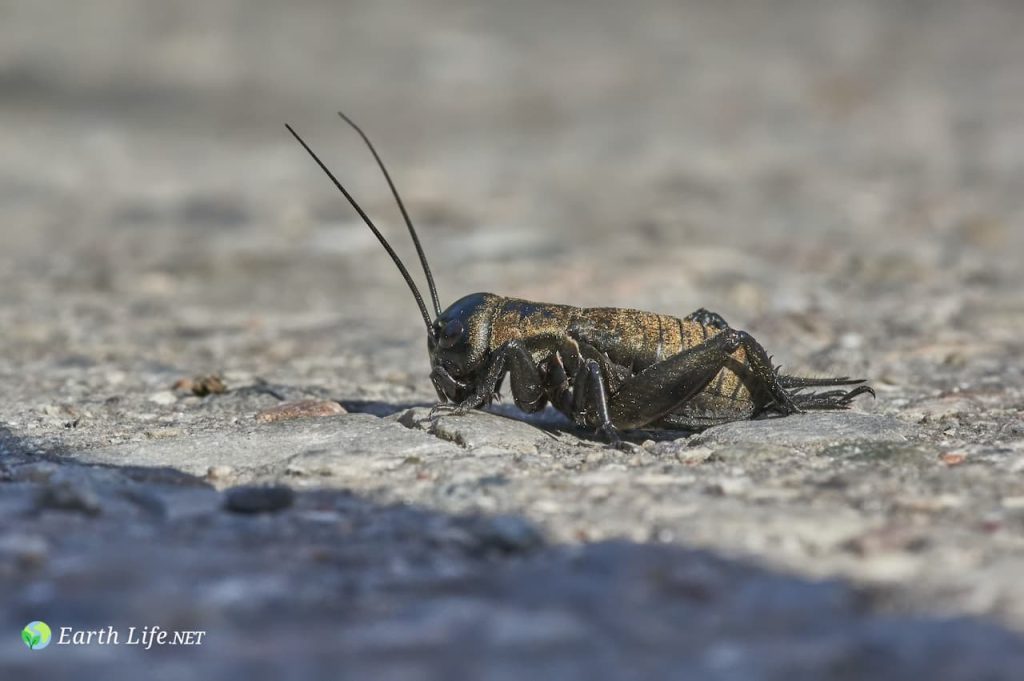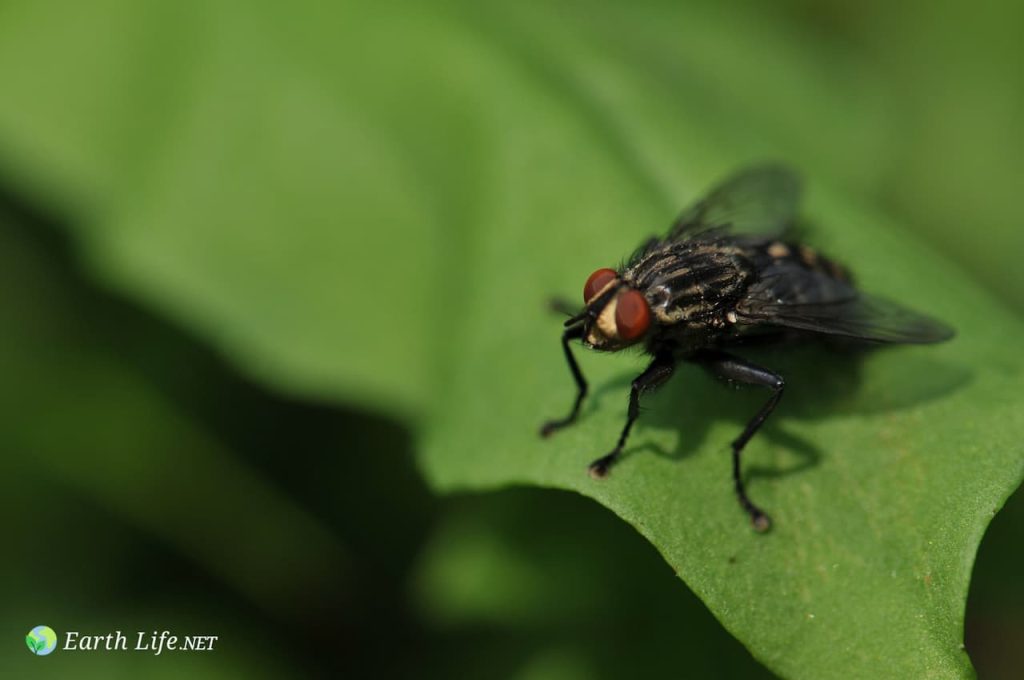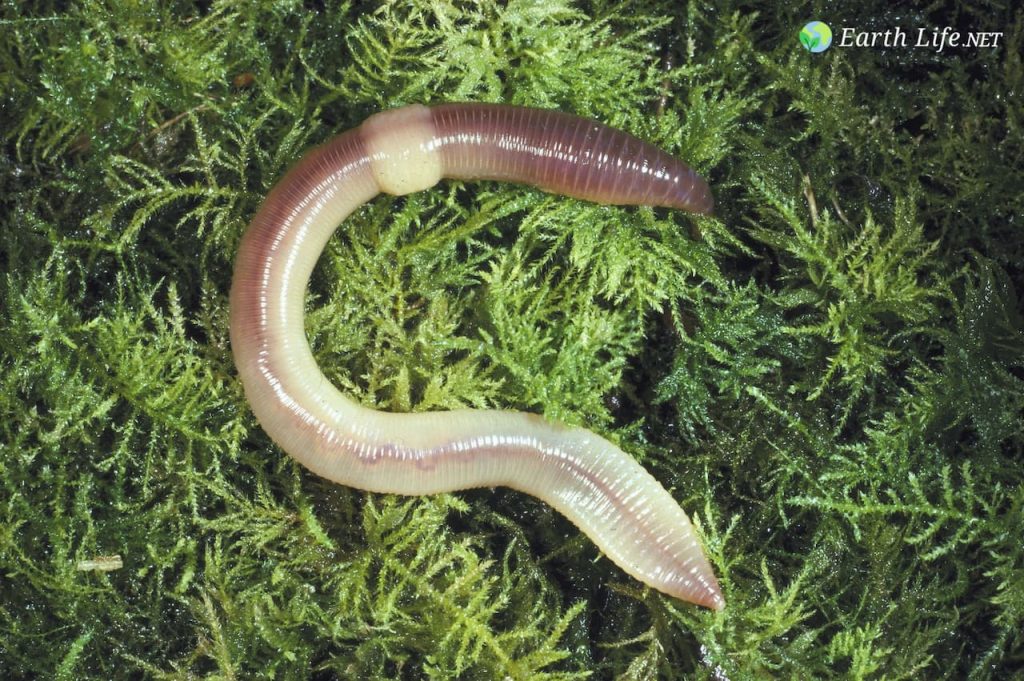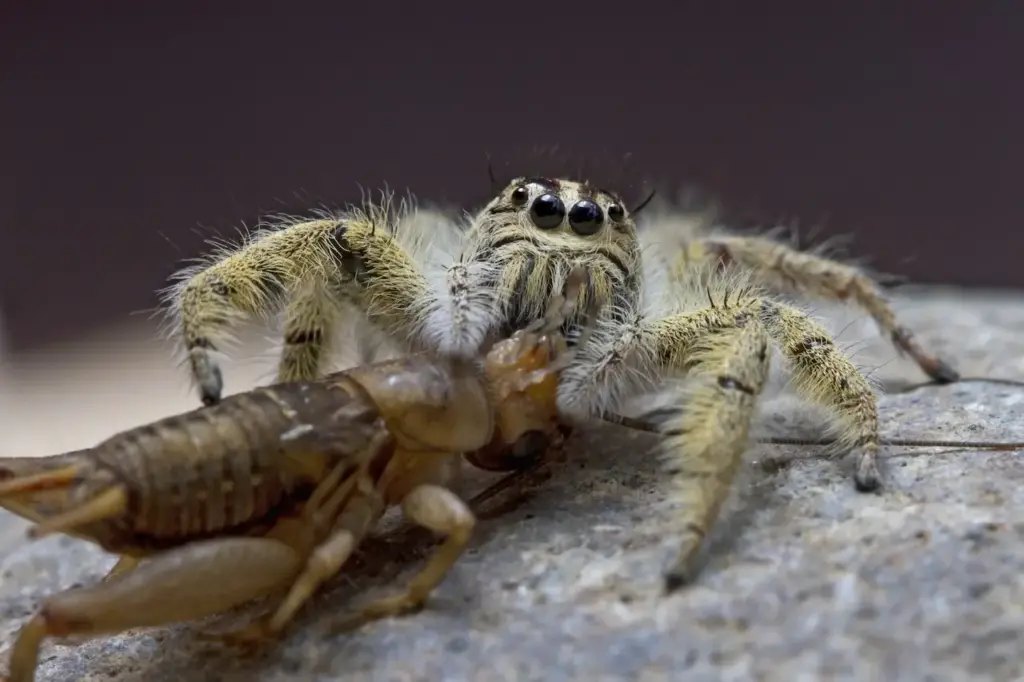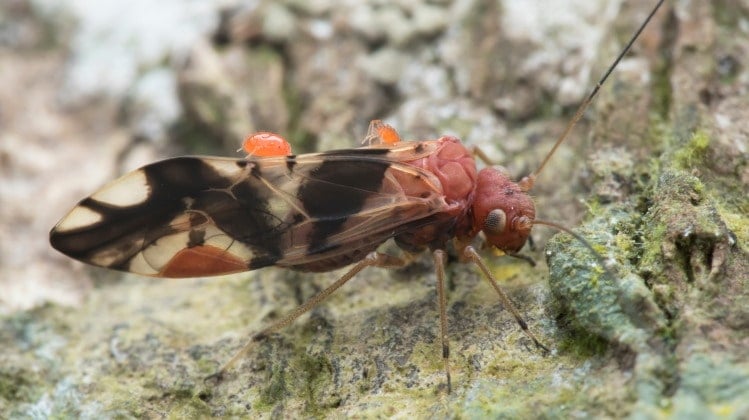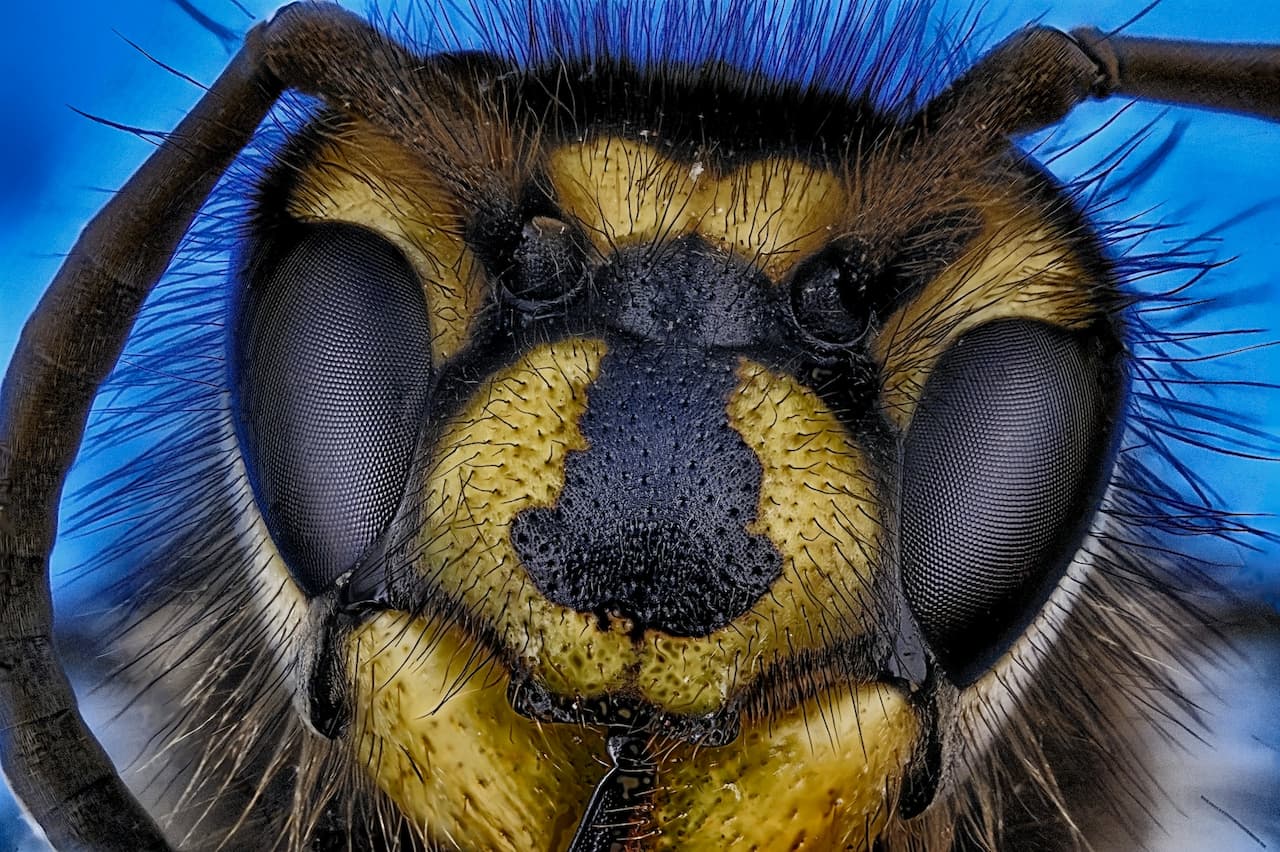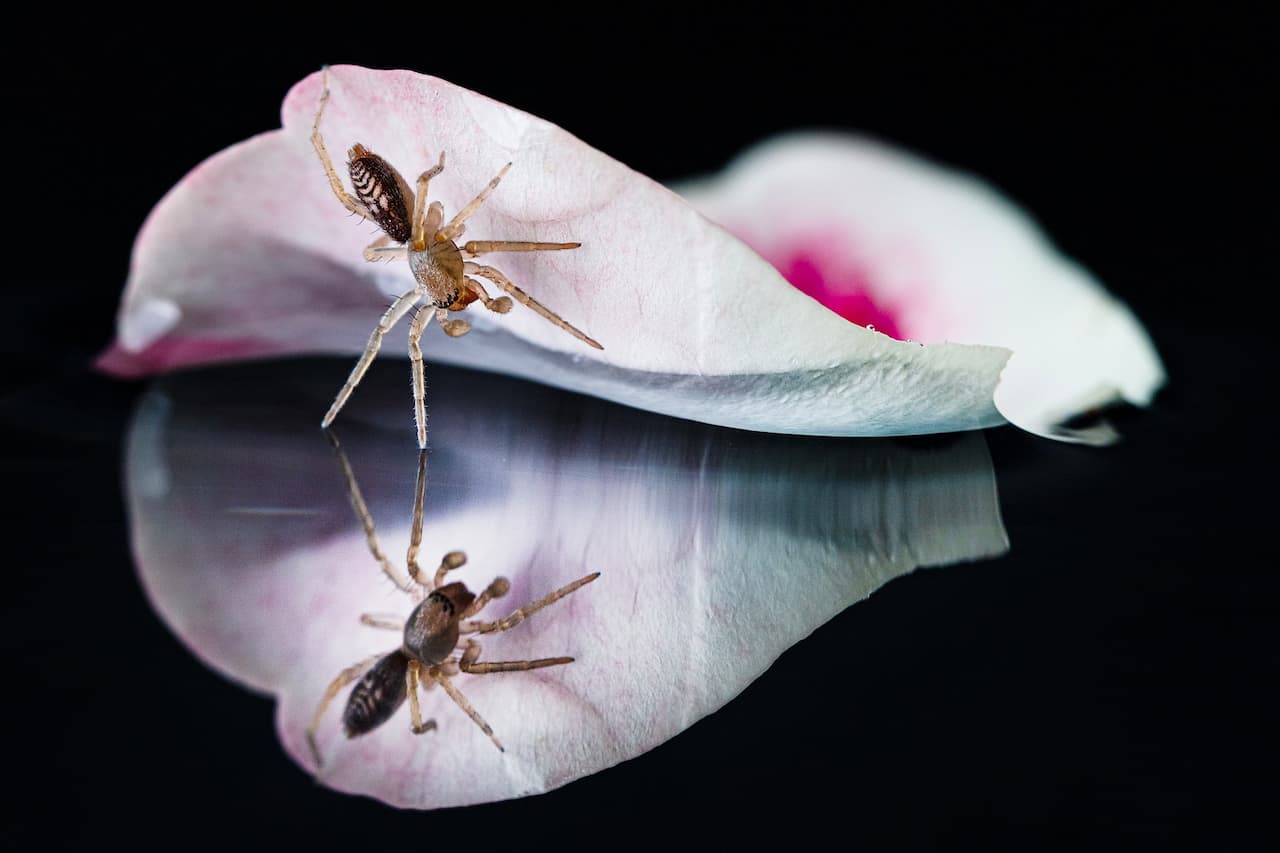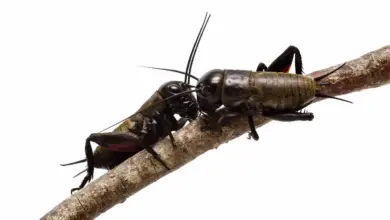Do Crickets Eat Spiders?
Do Crickets Eat Spiders Or Do Spiders Eat Them?
Yes, crickets do eat spiders; of course, that would depend on the species and the size of the spider. In general, spiders are a delicacy for most insects, so crickets are pretty happy to have access to them and will readily eat spiders as well.
Crickets will usually go for spiders that are smaller or are in the early stages of development. They don’t want to take on a full-grown spider. Full-grown spiders will attack crickets and eat them, so it’s safer for them to get the smaller ones.
Some crickets would even prefer them over other types of food. The reason for this is that they have such delicate and thin bodies.
This makes them easier to bite into and chew quickly. However, certain spiders can sometimes be poisonous and toxic to crickets. As such, there’s always a bit of risk with eating spiders.
There is some debate over whether spiders are actually nutritious for crickets. While they do provide valuable protein, there are also concerns about the potential toxicity of certain spiders, such as black widows.
Black widows contain a venom that can cause crickets to experience paralysis and even death. This venom is what we call neurotoxic, meaning that it targets the nervous system.
Still, crickets will continue to eat spiders and see them as a valuable source of food.
What Do Crickets Eat in the Wild?
Crickets are omnivores, meaning that they will eat a wide variety of foods. In the wild, crickets typically feed on anything they can find, and they will also scavenge for food if necessary.
These creatures’ diets consist mainly of plant material, larvae, small insects, fruits, and even decaying or dead animals.
They may even steal food from other crickets and insects. Because they are so small, it is often easier for them to find small bits of food left behind by larger insects.
Surprisingly, crickets will also eat other crickets if the opportunity arises. Yet, this is usually limited to smaller crickets that are vulnerable or injured. Cannibalization isn’t unheard of in the cricket world, and some crickets will even eat their own eggs or young.
Like any animal that’s at the bottom of the food chain, crickets can be at risk for predation by other animals. Therefore, they will often hide or take cover when they feel threatened. This may include seeking out abandoned burrows, hiding under logs, or even under rocks.
Their way of avoiding predators is often effective, and how they find food source is simply by being opportunistic. They are highly adaptable animals that can survive in a variety of different environments. This is what makes them a successful and abundant species.
Do Crickets Eat Flies?
Yes, it’s only a question of whether they can catch them or not. Crickets are very fast, and with their large and powerful legs, they’ll leap onto an unsuspecting fly and eat it with great delight.
Some crickets aren’t so fast. Some species of crickets may rely instead on their camouflage to catch prey.
A good example of this is the leaf cricket, which will blend in with its surroundings and wait for a fly to come by. Leaf crickets will then spring into action and grab the fly before it has a chance to escape.
Another cricket that’s remarkable in camouflaging itself is the snow tree cricket. This particular species of cricket will blend in with its surroundings by resembling a white, frosty patch on the ground. When a fly lands on it, the snow cricket will lunge at it and eat it.
Crickets can eat a wide variety of insects and flies certainly fit into that category. They are one of nature’s best scavengers, so it’s not surprising to find a cricket eating dead flies that are lying on the ground.
These insects can be a good source of nutrients for crickets, and these creatures won’t let anything go to waste.
Among the fly species that crickets love to devour are houseflies, blowflies, horse-flies, and even blue bottle flies. They will also feed on fruit flies if they can catch them. When given an opportunity, crickets will easily and quickly eat any kind of fly that they can find.
These insects also eat fly eggs and larvae, which are in rotting fruit or inside other insects. So whether they ambush flies on the ground or hunt them down in their natural habitat, crickets definitely have what it takes to catch and eat these fast-flying insects.
As unappealing as it sounds, crickets may even live longer thanks to the nutrients they get from eating flies!
Do Crickets Eat Earthworms?
Yes, crickets do eat earthworms. Many people think of earthworms as a nuisance in their gardens or lawns. However, crickets actually benefit from having these worms around.
Earthworms are a type of detritivore, which means that they feed on decaying organic matter. This can include leaves, plants, fruits, and vegetables. Because of this, they provide an important food source for crickets.
Some species of mole crickets love having earthworms, larvae, roots, and grasses in their diet. This is due to the nature of their habitat, which crickets can take advantage of.
They will dig and eat earthworms right out of the ground. In certain cases, crickets will also eat adult earthworms if they are nearby. They will even consume the castings that come out of the earthworm after it digests its food.
Crickets use their spade-like front legs to dig and tunnel through. This allows them to dig through many different types of soil very easily, which makes earthworms easy prey for crickets.
Earthworms do not have an internal skeleton as other insects do. They also do not have a protective hard exoskeleton, so it is not surprising for crickets to eat earthworms.
Crickets can survive on a diet that consists almost entirely of earthworms, but it is always best for them to supplement it with other food sources, such as roots or grasses.
Overall, crickets eating earthworms is a natural part of the food chain and ecosystem and is something that we as humans should not be too concerned about.
Crickets are an important part of many environments around the world and help to maintain balance in their respective ecosystems.
Do Crickets Eat Bearded Dragons?
Yes, it is unlikely, but crickets are able to eat bearded dragons despite their size and tough skin. They can nibble on their scales, arms, and legs and cause damage to the dragon’s skin. If the bearded dragon is weak or sick, it will be easy for the cricket to attack.
Since crickets feed on dead animals, it’s safe to say they will also feed on a dead bearded dragon. Cricket species such as house crickets, camel crickets, field crickets, and brown crickets will all feed on the dead body of a bearded dragon.
Crickets will undoubtedly eat a bearded dragon if given the chance. Of course, it’s unusual for cricket to be able to overpower or kill a fully-grown bearded dragon on their own. They can, however, cause significant destruction to the dragon’s skin by biting and clawing it.
If you have a bearded dragon as a pet and plan on feeding it crickets, make sure not to leave them unsupervised overnight since crickets can bite your bearded dragon and this may irritate its skin. It’s also good to be aware of how many crickets you should feed your bearded dragon.
Those who keep a bearded dragon must be cautious when feeding crickets to their pet, but with the proper precautions, your dragon should be able to manage crickets in its environment.
Gordon is an ecologist with two degrees from Exeter University. He’s also a teacher, a poet and the owner of 1,152 books. Oh – and he wrote this website.
Disclaimer
Earthlife.net does not provide medical advice. We do our best to help users understand the science behind living beings; however, the content in the articles and on the website is not intended to substitute for consultation with a qualified expert. By interacting with the website and/or our email service, you agree to our disclaimer. Remember that you must consult a specialist before using any of the products or advice on the web.

